13 Cruise Mistakes I Made On My First Trip—And What I’ll Do Differently Next Time
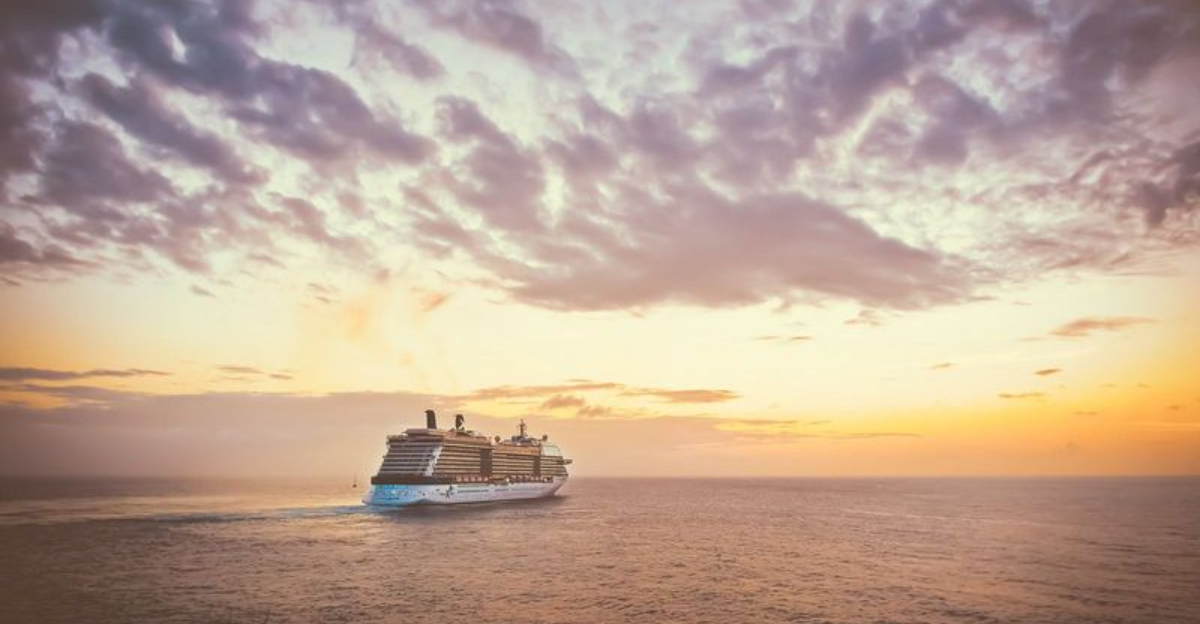
Cruising for the first time feels like stepping into a floating city of fun—until your rookie mistakes start piling up. I’ve been there: overpacked my suitcase, skipped must-do reservations, and missed out on onboard perks simply because I didn’t know better.
Ever wonder why some passengers look like they’ve got it all figured out while you’re still finding your way to the buffet? It’s not luck—it’s lessons learned. Let me walk you through the biggest missteps I made on my first cruise, from forgetting key items to underestimating port logistics.
Trust me, if you’re planning your first sailing, avoiding these slip-ups will make your trip smoother, cheaper, and way more fun. Ready to cruise like a pro from day one?
1. Overpacking Like There Was No Laundry Service

I brought enough clothes for a month-long voyage when my cruise only lasted a week. My cabin felt cramped with two massive suitcases taking up precious floor space. The tiny closet couldn’t hold half of what I packed!
Most cruise ships offer laundry services or even self-service facilities. Some have deals on certain days where you can fill a bag for a flat fee. Next time, I’ll pack for half the time and do laundry midway through.
Did you know? Many experienced cruisers follow the 3-to-1 rule: pack three tops for every bottom to maximize outfit combinations while minimizing luggage.
2. Booking The Wrong Cabin Location
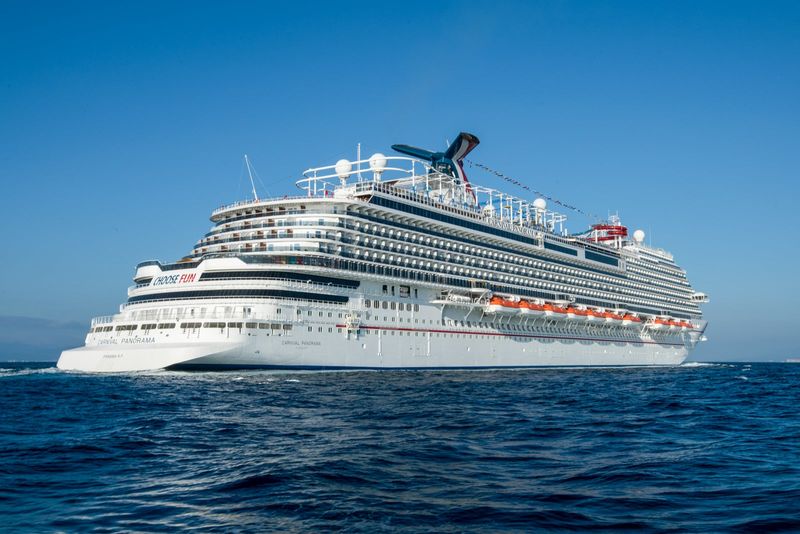
My room was directly below the pool deck, which meant hearing deck chairs scraping overhead at 6 AM every morning. The location seemed fine on the deck plan, but I hadn’t considered noise factors when choosing.
Experienced cruisers know to avoid cabins below busy public areas or near elevator banks and laundry facilities. The ship’s engines can also create vibration in aft cabins.
For my next voyage, I’ll study the deck plans more carefully and choose a mid-ship cabin on a passenger deck with rooms above and below me—the sweet spot for minimal noise and movement.
3. Skipping Travel Insurance
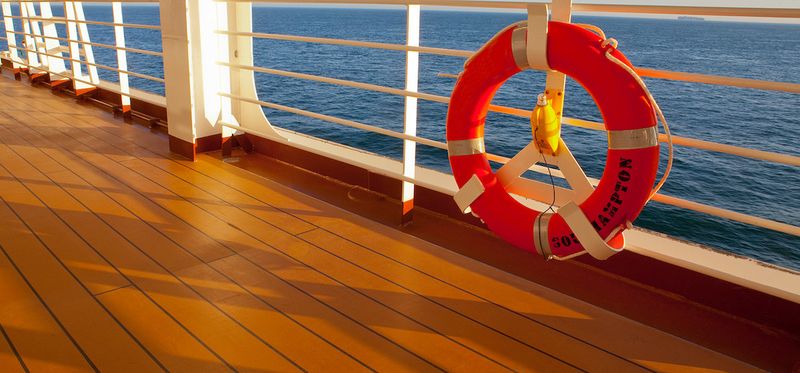
The extra cost seemed unnecessary when I booked my cruise, so I declined the travel insurance. This nearly became a disaster when I got sick two days before departure!
Luckily I recovered in time, but I was one fever away from losing thousands of dollars. Cruise lines have strict cancellation policies, and many won’t offer refunds close to sailing date.
Now I understand that comprehensive travel insurance isn’t just for trip cancellation—it also covers medical emergencies at sea, evacuation costs, and lost luggage. The peace of mind alone is worth the premium, especially when cruising to international destinations.
4. Arriving At The Port City The Same Day
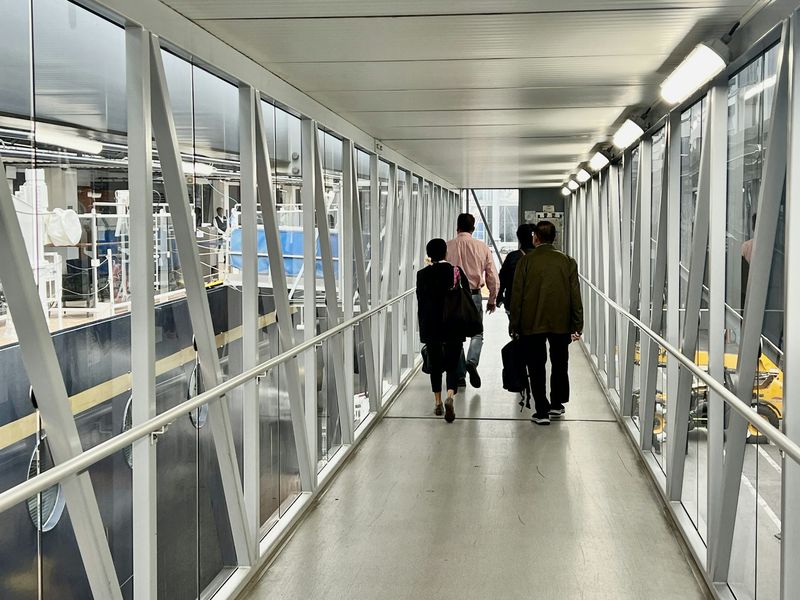
My flight landed just four hours before the ship was scheduled to depart. When the plane was delayed by an hour, I nearly had a panic attack! I ended up rushing through the terminal, throwing money at a taxi driver, and arriving at check-in sweaty and stressed.
Weather delays, mechanical issues, or traffic problems could have easily made me miss the boat entirely. Ships don’t wait for late passengers!
For future cruises, I’ll fly in the day before and stay at a hotel near the port. This buffer day allows for travel hiccups and gives me time to start my vacation relaxed rather than frazzled.
5. Ignoring The Daily Newsletter
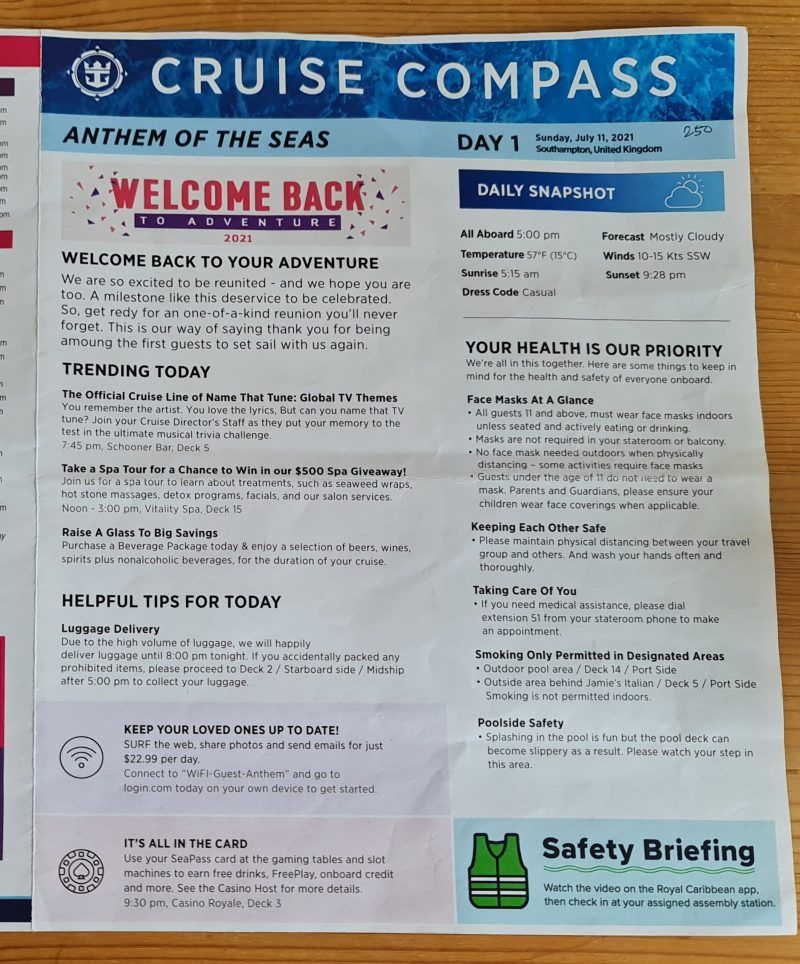
Each night, a newsletter arrived in my cabin detailing the next day’s activities, dining specials, and important information. I barely glanced at it, assuming I’d figure things out as I went along.
This careless approach meant missing a chocolate buffet, a meet-and-greet with the captain, and a port time change that left me scrambling. The newsletter also contained dress code reminders for formal nights, which I completely overlooked.
Next cruise, I’ll make reading the daily newsletter part of my evening routine. Some cruise lines even have apps now that list all activities and let you bookmark favorites so you don’t miss out on the experiences you’d enjoy most.
6. Booking All The Ship’s Excursions
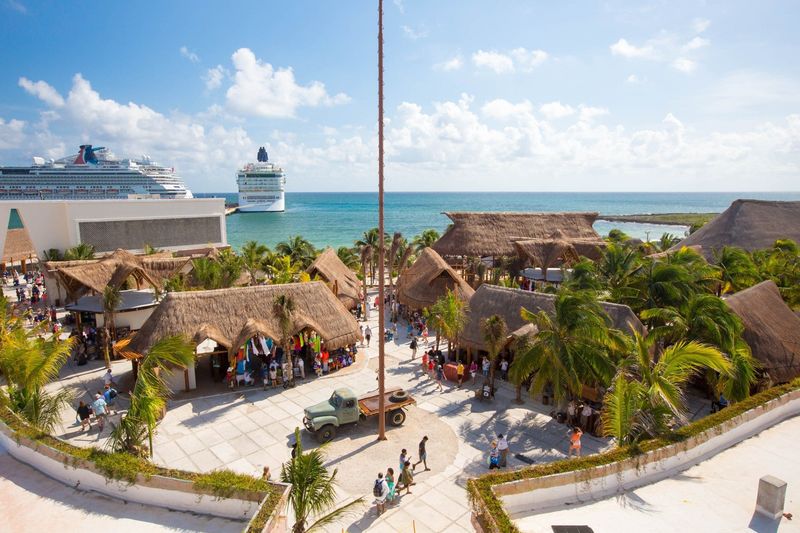
Fear of missing out led me to book expensive ship-sponsored excursions at every port. While convenient, these tours cost nearly double what independent options charged and often felt rushed with large groups.
I later discovered fellow passengers who researched local tour operators had more authentic experiences for less money. Many shared taxis to popular beaches or hired local guides who provided personalized service.
My strategy for next time includes booking ship excursions only for complicated or distant destinations where timing is critical. For straightforward ports, I’ll research reputable local operators in advance and save hundreds while enjoying smaller groups and more immersive experiences.
7. Forgetting To Turn Off My Phone’s Data Roaming

When my ship sailed into international waters, my phone quietly connected to maritime cellular networks. I had no idea until I received a shocking $400 phone bill after returning home!
Maritime roaming rates are astronomically expensive—sometimes $15 per megabyte. Even apps running in the background can rack up substantial charges without you actively using your phone.
For my next cruise, I’ll immediately switch my phone to airplane mode once onboard and only use WiFi when purchased. Many cruise lines now offer reasonable internet packages, and I can use the ship’s app (which works without internet) to stay connected with my travel companions and check daily schedules.
8. Missing Out On Pre-Cruise Online Check-In
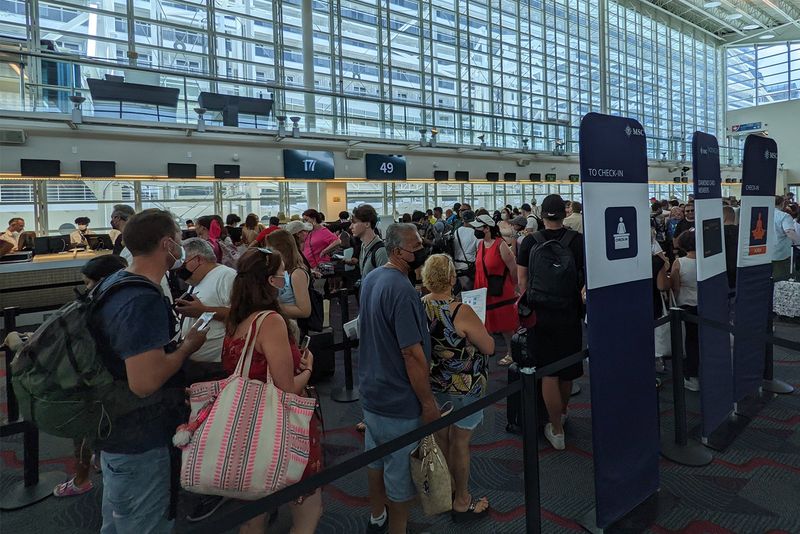
I showed up at the terminal without completing online check-in, thinking it was optional. This meant standing in the longest line while watching others who had completed pre-cruise registration breeze through priority boarding lanes.
Online check-in typically opens months before sailing and allows you to select boarding times, register credit cards, and complete required health forms. Some cruise lines even let you upload your photo in advance.
The difference in boarding time can be dramatic—sometimes hours! Next cruise, I’ll complete online check-in the moment it opens, select an early boarding time, and arrive at my designated time ready to start my vacation while others are still waiting in line.
9. Waiting Until Onboard To Book Specialty Restaurants
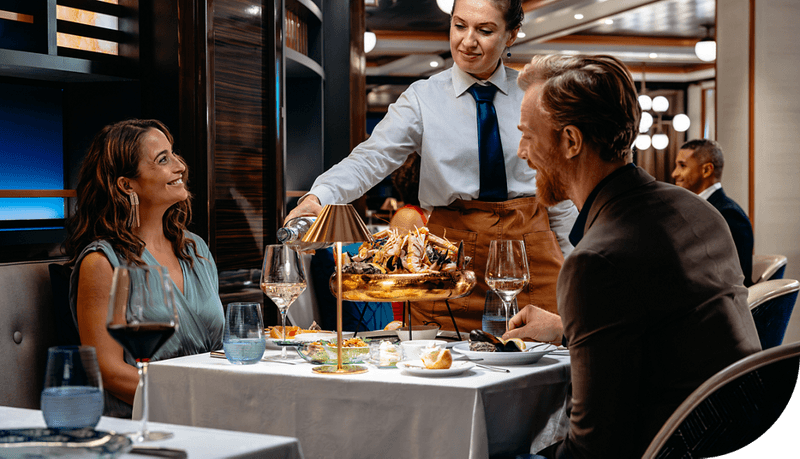
I assumed I could simply walk up to the specialty restaurants whenever I felt like dining there. By the second day, I discovered most were booked solid for the entire cruise!
Many passengers book these venues months in advance, especially for prime dining times and special occasions. The steakhouse, Italian restaurant, and sushi bar all had lengthy waitlists when I tried to make reservations.
For my next cruise, I’ll research which specialty restaurants are available and book them online before boarding. Most cruise lines open dining reservations 60-90 days before sailing. I’ll also consider dining packages that offer discounts for booking multiple specialty restaurants in advance.
10. Underestimating Motion Sickness
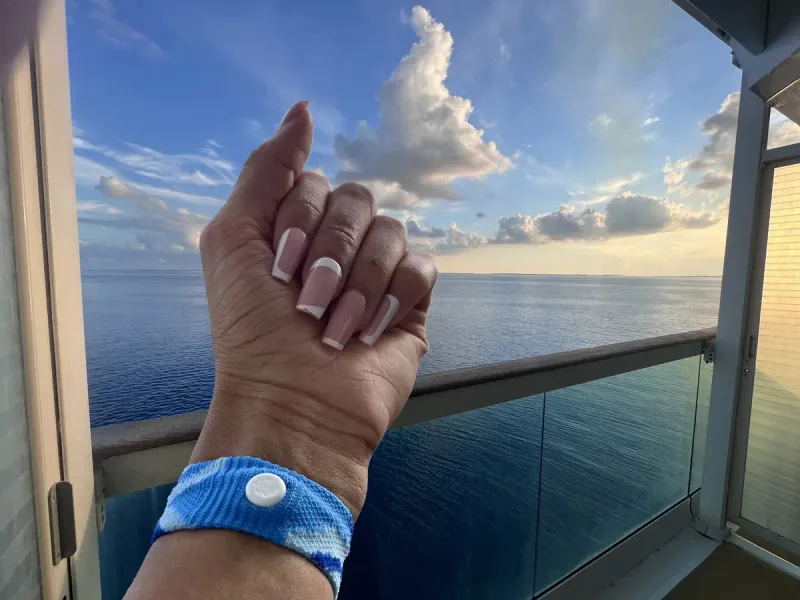
I’ve never had motion sickness before, so I laughed when someone suggested bringing medication. That confidence vanished on our second night when we hit rough seas and I spent hours feeling queasy in my cabin.
Motion sickness can affect anyone, even those who’ve never experienced it before. The ship’s medical center had remedies, but they charged premium prices for what I could have packed easily.
My cruise packing list now always includes motion sickness remedies like Bonine or Sea-Bands. I’ve also learned to book mid-ship cabins on lower decks where movement is less noticeable, and to watch my alcohol intake when seas are rough.
11. Forgetting To Research Port Time Limitations

I created an ambitious sightseeing plan for our day in Cozumel without checking when the ship would depart. Midway through exploring some distant ruins, I realized we had only two hours to make it back to the ship!
What followed was a stressful, expensive taxi ride and a mad dash to the pier. The ship’s schedule had us departing earlier than I’d assumed, and I hadn’t factored in the time needed to clear security and re-board.
Now I always write down the “all aboard” time (not just departure time) on a card I keep with me in port. I also build in a buffer of at least an hour and set phone alarms to remind me when to start heading back.
12. Overscheduling Every Minute Of The Day

My first cruise itinerary looked like a military operation—activities scheduled from 7 AM until midnight every single day. I was determined to “get my money’s worth” by doing everything possible.
By day three, I was exhausted and cranky. I missed the whole point of a cruise vacation: relaxation! The constant rushing between activities left no time to simply enjoy being at sea or watching a sunset from the deck.
For my next cruise, I’ll schedule just one or two must-do activities each day and leave plenty of unstructured time. Some of the best cruise moments happen spontaneously—like striking up a conversation with interesting fellow passengers or finding a perfect spot to watch the ship sail away from port.
13. Using My Regular Credit Card For Onboard Purchases
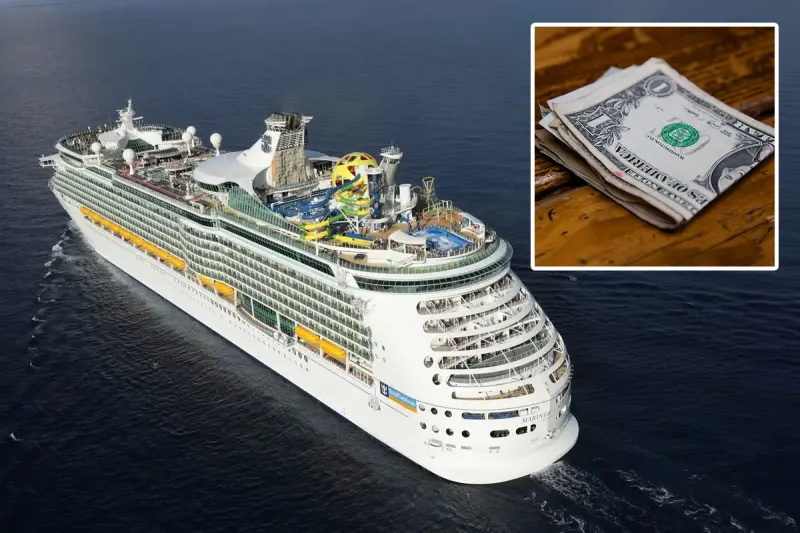
I used my everyday credit card for onboard purchases without checking international transaction fees. Every drink, spa treatment, and souvenir had an extra 3% fee tacked on, which added up quickly over a week.
Many credit cards charge foreign transaction fees for purchases made outside your home country—even on a cruise ship! These seemingly small percentages can add hundreds to your final bill.
Before my next cruise, I’ll apply for a travel credit card that waives foreign transaction fees. Some cruise-friendly cards even offer bonus points for cruise bookings and onboard spending. I’ll also check if my cruise line offers a discount for pre-loading my onboard account with cash instead of using a credit card.
